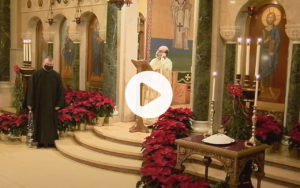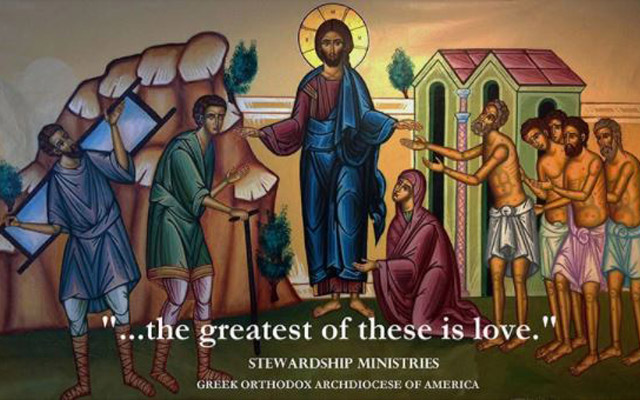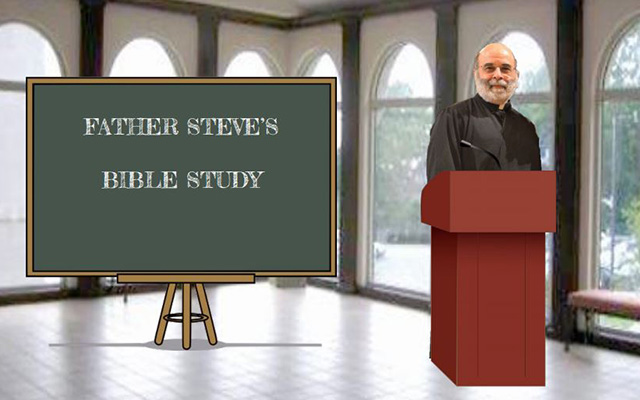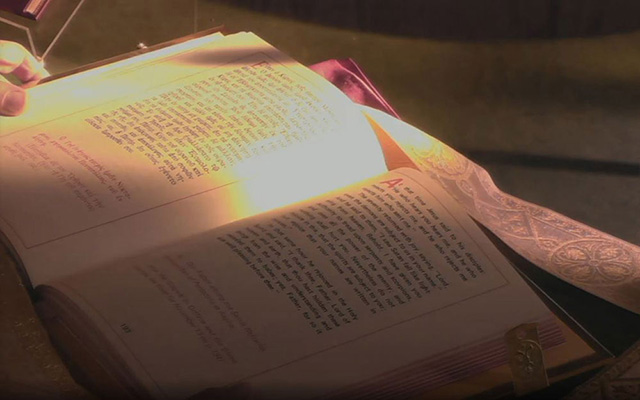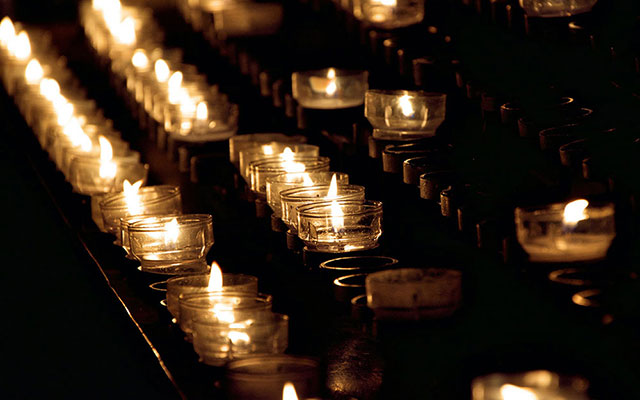The Cell, Meeting God and Ourselves (Part X) The Cell and the World
The Cell and the World Is anachoresis a rejection of the inhabited world? Is the solitude and inwardness of the cell a selfish endeavor? The desert abbas and ammas helped form a wider Christian monastic tradition that combines seeking God with conversion of life. In the cell the monk risks all in the battle between the ego (subjectivity) and openness to the Other. Through ascetic praxis the boundaries of the self are extended beyond itself


